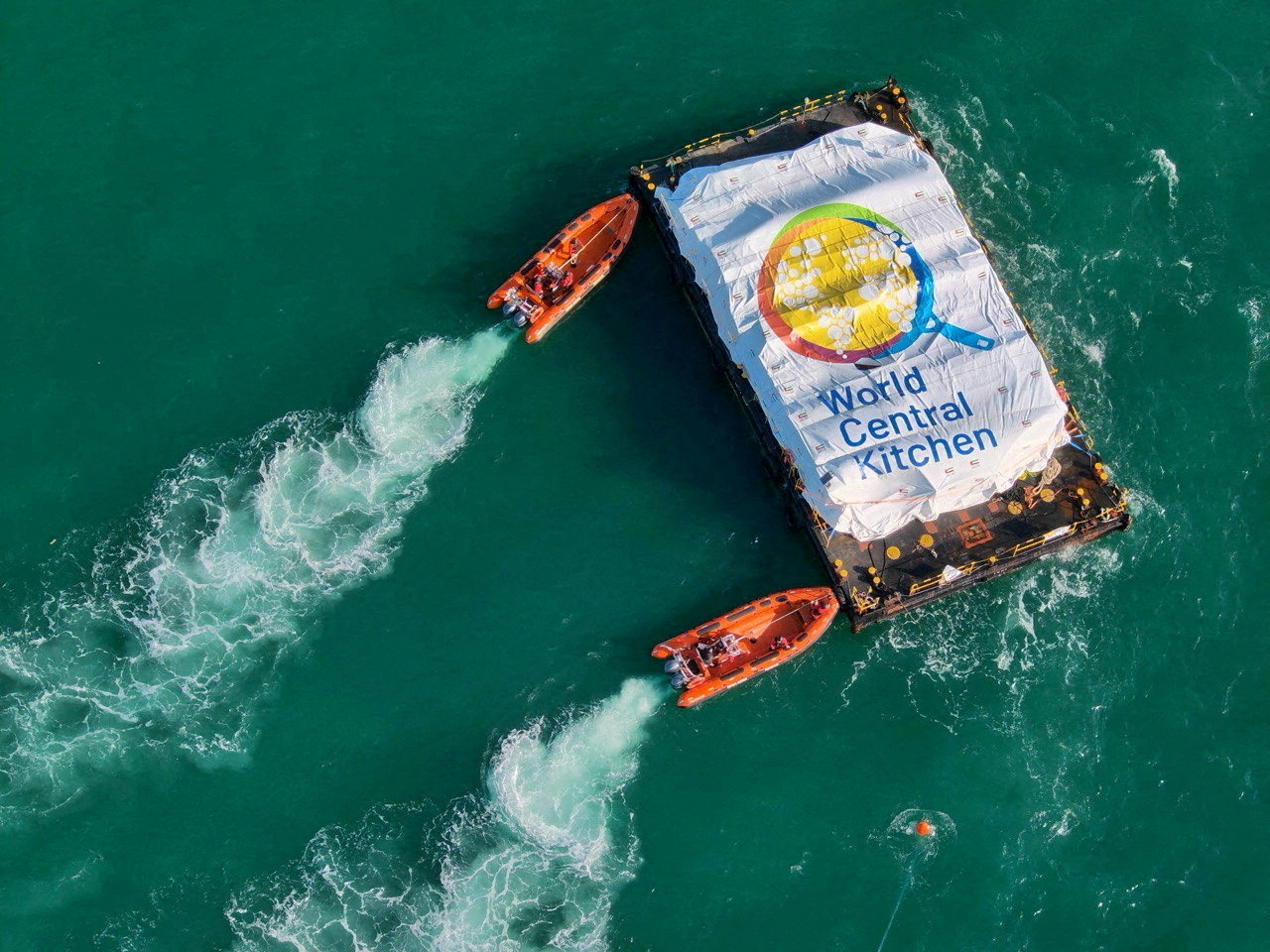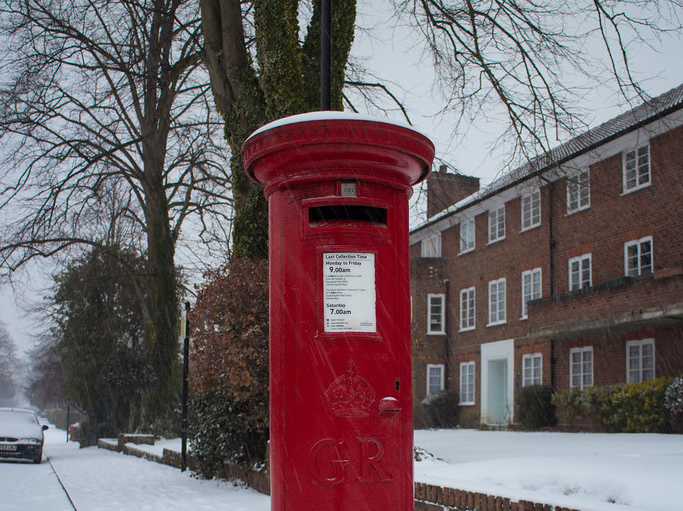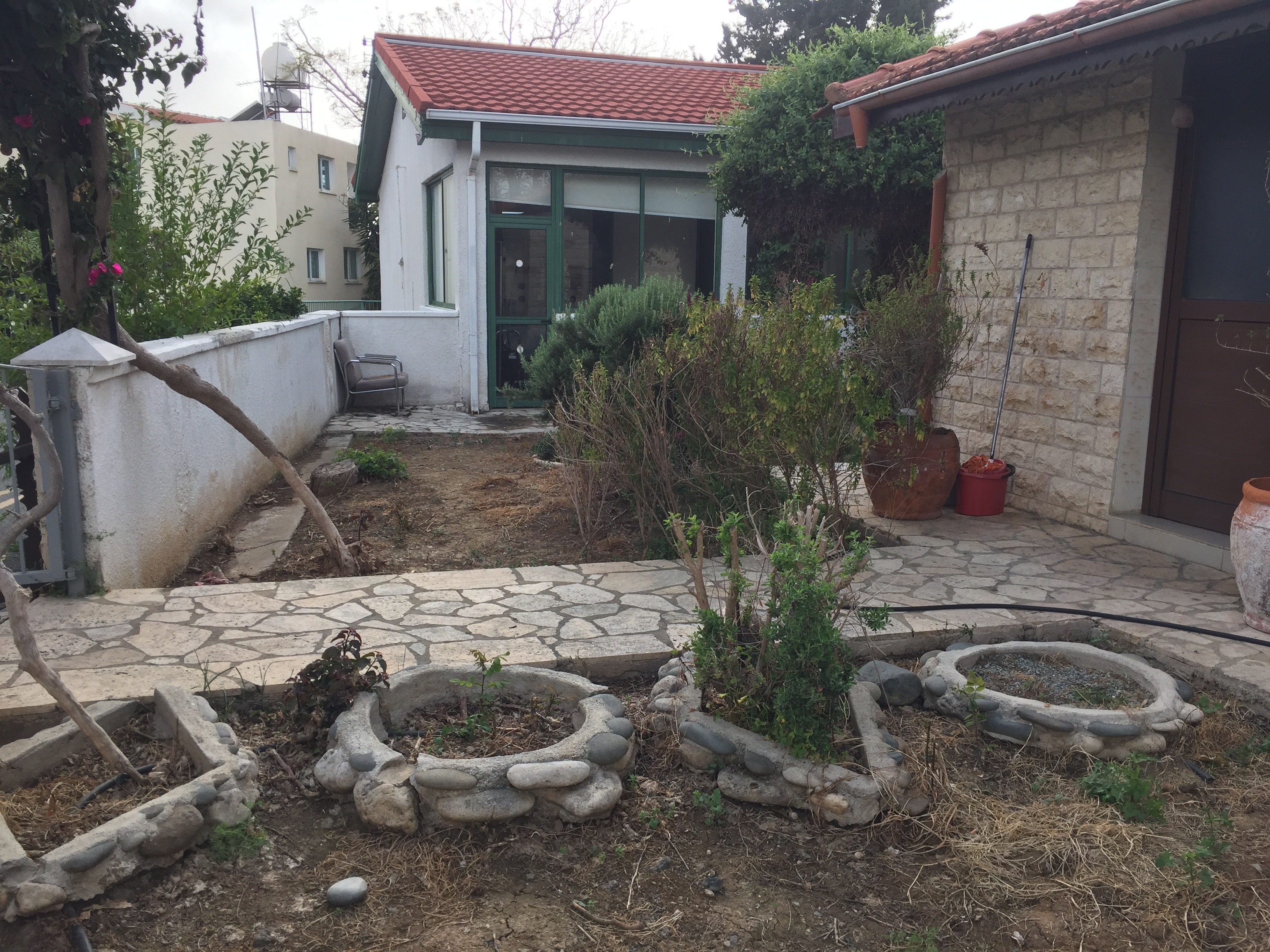Priti Patel, the United Kingdom’s current shadow foreign secretary and former international development secretary, suggested the creation of a new jetty off the coast of Gaza to facilitate the arrival at the strip of humanitarian aid from Cyprus and elsewhere.
As shadow foreign secretary, Patel is the most prominent voice in the UK’s political opposition on the matter of foreign affairs, with her Conservative party having been voted out of office last year.
Speaking in the country’s parliament on its first day back after its summer recess, she asked, “is the UK working with multilateral bodies to try to mediate the divisions and breakdowns of trust that have emerged with the government of Israel?”
“Is the foreign secretary [David Lammy] considering schemes similar to those implemented by the conservative government, such as the floating piers that, working with the United States and Cyprus, we put in place off the coast of Gaza to get aid in?”
She then stressed that “we need pragmatic and practical solutions to get food and medical supplies to innocent civilians in Gaza”.
Lammy then responded, saying that “I am not sure we need new solutions”, and that instead, “we need old ones”, citing the United Nations relief and works agency (UNRWA), the UN office for the coordination of humanitarian affairs (Ocha), and the World food programme (WFP).
“They exist, so let us support them,” he said, adding that “this worked the last time we had a ceasefire, when as many as 600 truck a day went in, and we can do it once more”.
Asked what the Cypriot government’s position on the return of the jetty may be, foreign ministry spokesman Theodoros Gotsis told the Cyprus Mail that the government is “focused on building a stable upgrade of the amount of aid to Gaza” through the means within its control.
“Our plan is to build up the supply of aid so that eventually, the ships will not be just leaving one at a time, but there will be a constant flow of humanitarian aid leaving Cyprus for Gaza, maybe one a week, maybe once every couple of days, maybe more,” he said.
The original jetty was built and financed by the United States last spring to the tune of $230 million (€215m at the time), and was initially supposed to be completed by April 20 last year.
Its completion date was the first of many obstacles. The jetty was not in place for nearly a full month after April 20, eventually entering service on May 17, and immediately faced doubts over whether it would actually help more than hinder.
Then, it broke. Wind in the area caused it to structurally fall apart after less than two weeks in position, with four ships which were supposed to be holding it in place being strewn across a beach near the Israeli town of Ashkelon and needing weeks to be freed from the sand.
By the end of May last year, the US had already said it was looking for a “different way” to get aid from Cyprus to Gaza, with the jetty still in pieces in Ashdod and boats still beached in Ashkelon, and a total of 20 humanitarian aid agencies described the jetty as a “cosmetic change” which had “little impact”.
It was eventually reattached the following month, but US Central Command was within 48 hours forced to deny that it had been used in an Israeli military operation which reportedly killed at least 274 Palestinians.
Aid did continue to trickle into Gaza via the jetty, but another Guardian investigation found that the jetty was only operable in conditions where waves were smaller than 1.25 metres high.
It was removed from its place once more within two weeks over fears that it may disintegrate again, while international organisations continued to wince at the inherent danger that Israeli attacks in its vicinity were placing on aid workers.
It was then replaced again, before being removed for a third time at the end of June last year.
The WFP confirmed to the Cyprus Mail shortly afterwards that they had undertaken an “exceptional one-off operation” to remove the remaining aid shipped from Cyprus from the beach to which the jetty was once attached, and the US a day later confirmed the jetty would be permanently removed.
US Central Command spokesman of the day Major General Pat Ryder declared the “mission” of the jetty was “complete” a week later, adding, “there is no more need to use the jetty”.
In the two months between its installation on May 17 and Ryder’s declaration on July 17 last year, the jetty had been operational for a total of 12 days.
Then Pentagon spokeswoman Sabrina Singh insisted it was “still a success”, however, pointing out that a total of 9,000 tonnes of humanitarian aid were moved into Gaza using it over the course of those 12 days.







Click here to change your cookie preferences